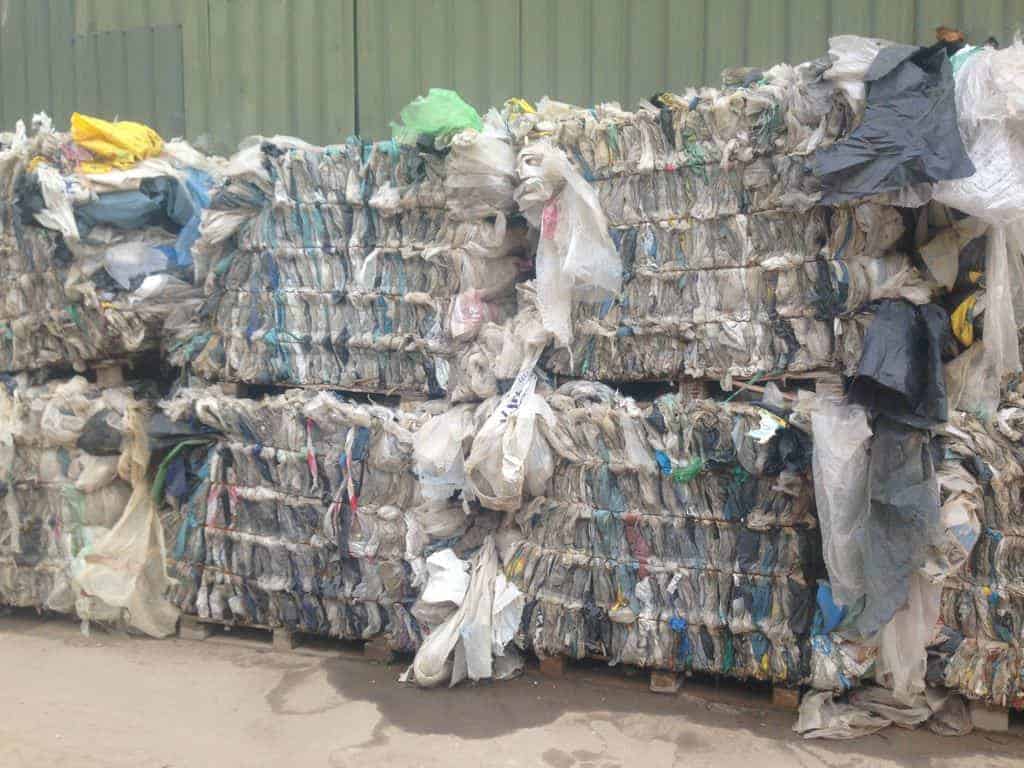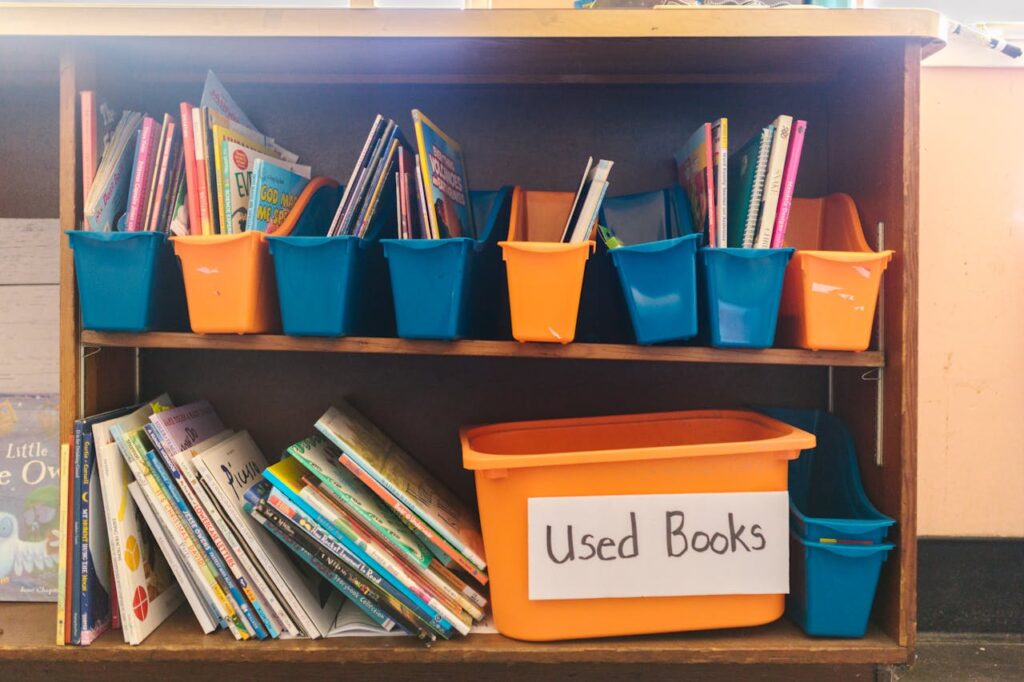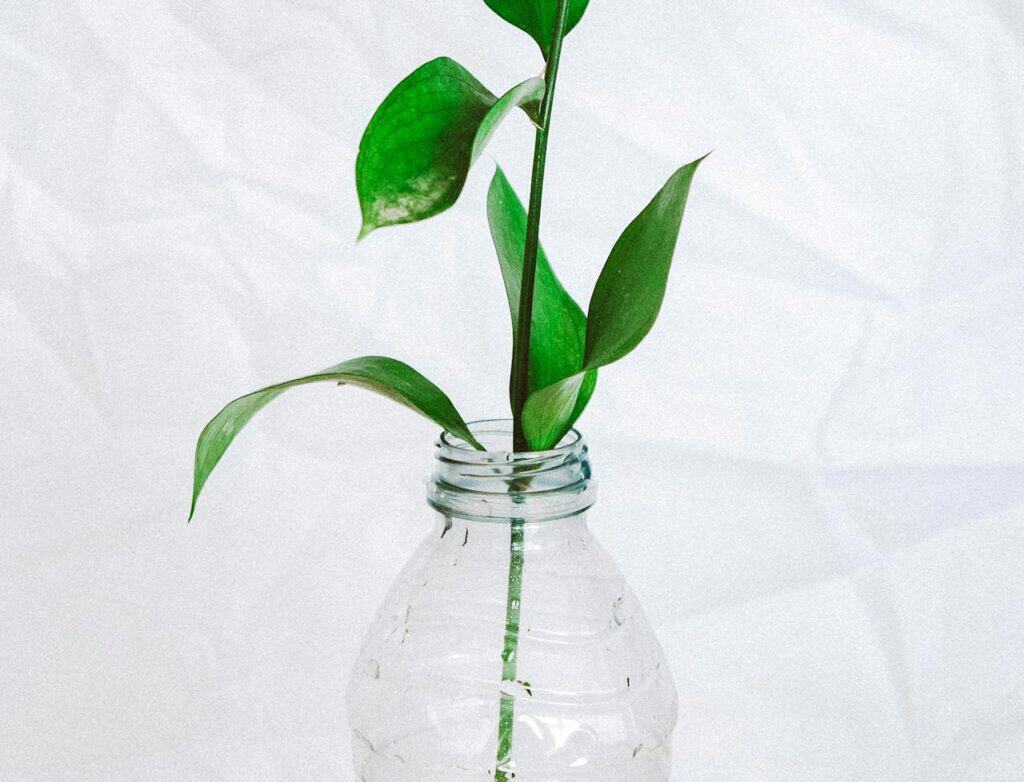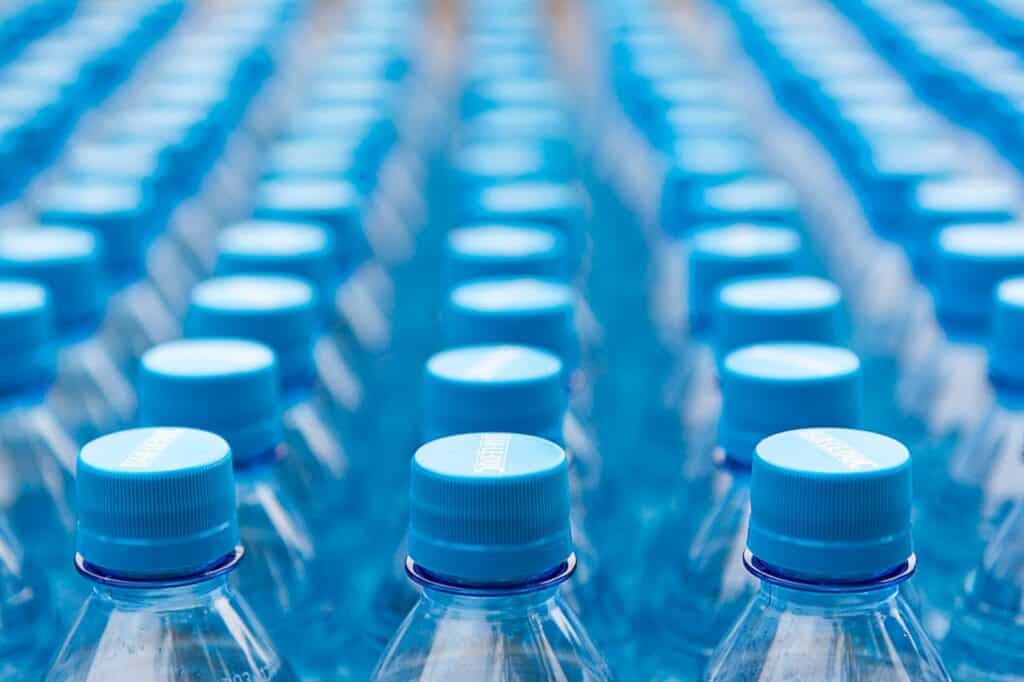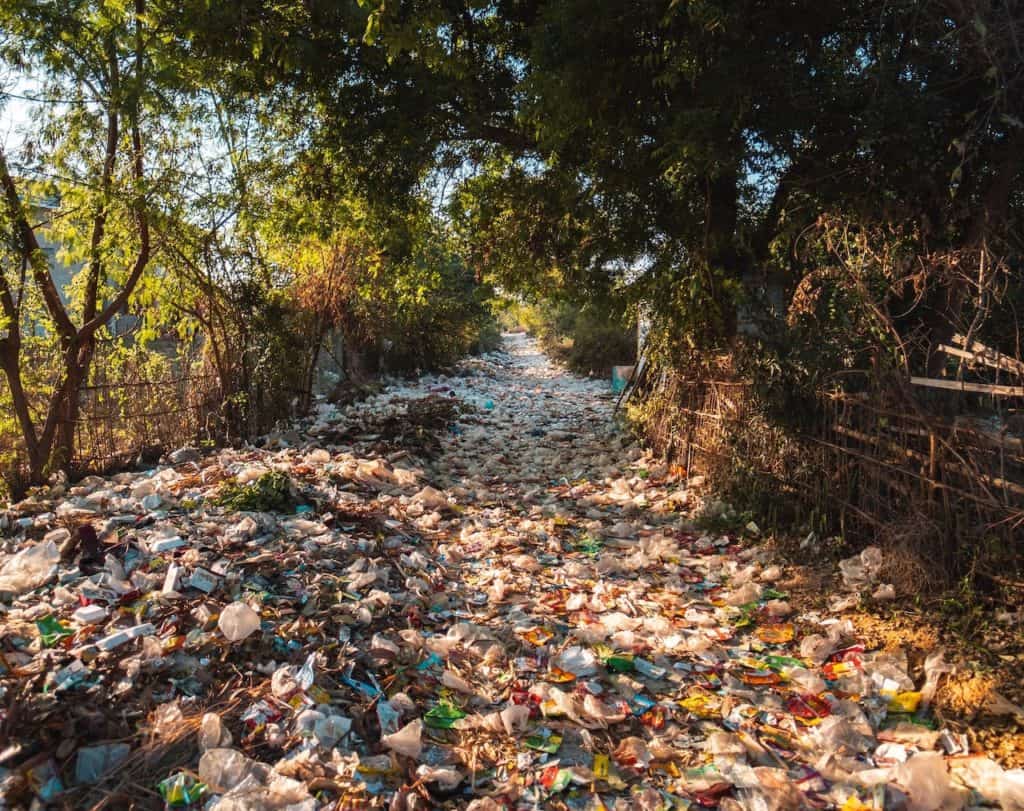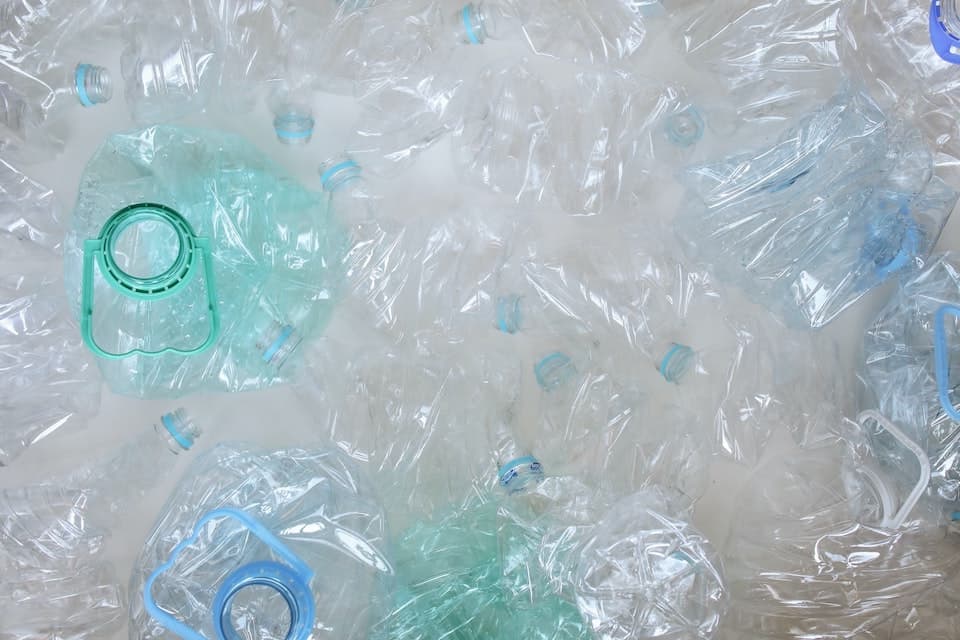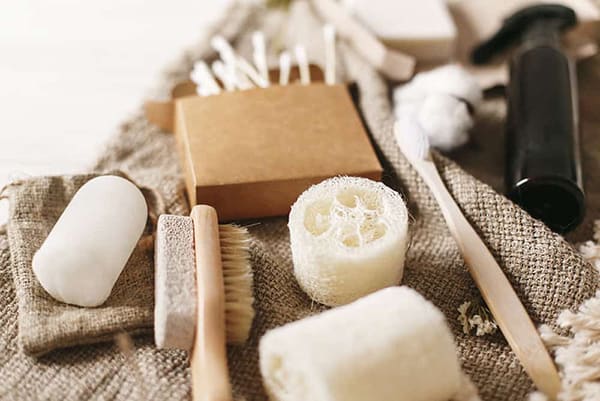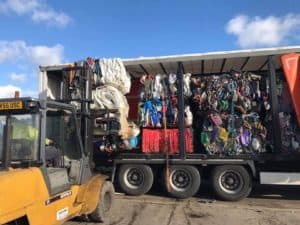The possibilities of plastics recycling technology and processes have grown at a rapid rate in recent years, and low-density polyethene LDPE recycling is one of the most significant factors.
Here at Plastic Expert, we use the most advanced techniques to recycle LDPE plastic films, even when they are covered in dirt or contaminated with soil. Want to know how we make it happen? Then keep reading.
Why should your company embrace LDPE plastic recycling?
Before joining forces with a team like Plastic Expert in relation to LDPE plastic recycling, every company will naturally want to know the reasons for taking this approach. Opting for LDPE plastic film recycling brings many benefits for the company, including but not limited to:
- Reduce the volume of trash and rubbish that needs to be taken away from recycling facilities.
- Reduce the overall cost of the commercial rubbish disposal processes.
- Reduce the company’s carbon footprint, removing guilt and boosting client responses.
- Reduce the frequency of recycling pickups as the waste film takes up less space than waste corrugate.
- Reduce the indirect impacts due to the fact LDPE takes less energy to recycle.
LDPE is one of the most common types of plastic in UK business, with 19.3% of plastics being LDPE. It’s commonly used for plastic packaging, shrink wrap and plastic bags.
So, how is dirty LDPE plastic film recycled?
LDPE materials are used in the manufacturing of many containers, vessels, and parts for equipment. Therefore, it’s not uncommon for them to become contaminated by dirt or soil that has been in contact with the plastic film.
The process of recycling plastic films is to separate the films. This includes separating the LDPE plastic films from HDPE films. Meanwhile, clear plastic films should be separated from coloured and printed films. The separation processes are designed to remove the threat of pellet contamination.
Once separated, the LDPE plastic films are put through an industrial shredder and grinder. The result is plastic flakes. This is where the cleaning process occurs. The dry cleaning process is used to remove the dirt and contamination while also reducing the odours so that the plastics can be used once more. The remaining flakes will also be free from any major presence of moisture. Even in the worst cases, moisture levels are contained to under 2%.
The cleaning process also involves subjecting the LDPE materials to intensive heats to kill contaminants while also preparing it for the next phase of the recycling process. Once cleaned and dried, the plastic flakes are melted into pellet sheet form for easier transportation and can be recycled either on their own or in combination with new LDPE materials to produce new goods.
Recycled LDPE is commonly used in piping, rubbish bags, bubble wrap, sheeting and films for building applications among other uses.
Start recycling your LDPE plastic today!
If your business is keen to go green by embracing LDPE plastic recycling but is worried that soil contamination will stand in the way, it’s time to take control by calling Plastic Expert today. Together, we will turn your old LDPE products into something new.

